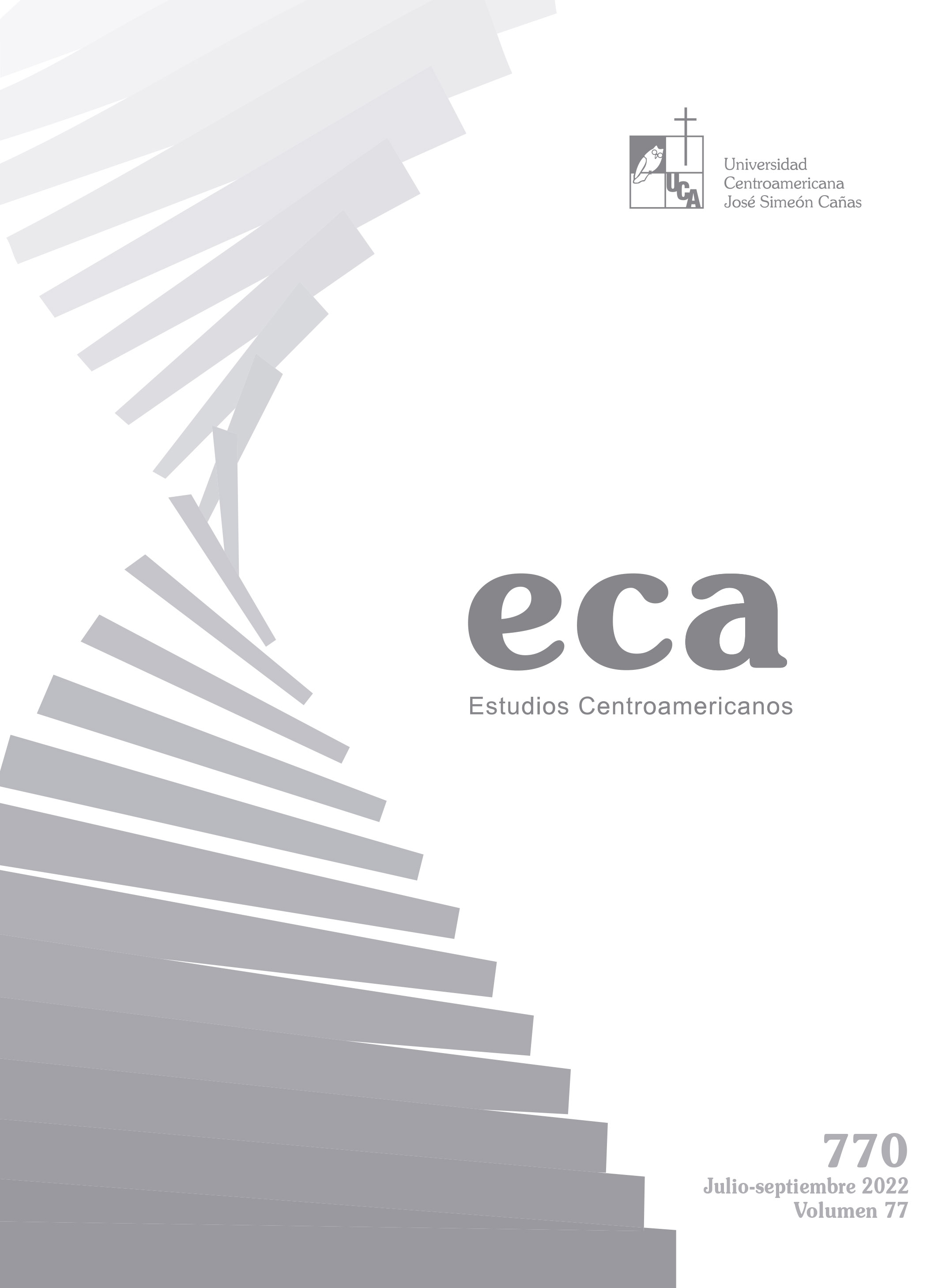Abstract
Although the COVID-19 pandemic has generated impacts at various scales, both global, national, and local, it is undeniable that the impacts have been differentiated and the containment of the virus has been successful depending on the material conditions and human capacities of those that are available. At the household level, which is the focus of this research, it has come to light how the prevalence of socioeconomic inequalities has had various effects on the upper, middle, and lower groups of the social scale.
This research portrays from a more personal and experiential perspective, elaborated through in-depth interviews with key individuals, how Salvadoran households faced the pandemic and identifies the different strategies taken based on the socioeconomic reality of the household. It delves into the repercussions that were had in the different social strata depending on the labor status, the sexual division of labor, the previous material conditions in the homes, and the adjustments that the families had to make inside the homes to face the pandemic in general, and particularly in the home quarantine in El Salvador, emphasizing that this was one of the longest in the world, exceeding 80 days of isolation, which implied a prolonged cessation of various formal and informal economic activities and the impairment of the family economy, mainly of those households with pre-existing vulnerability conditions.
ECA Estudios Centroamericanos, Vol. 77, No. 770, 2022 : 91-98.

This work is licensed under a Creative Commons Attribution-NonCommercial-NoDerivatives 4.0 International License.
Copyright (c) 2022 ECA. Estudios Centroamericanos






